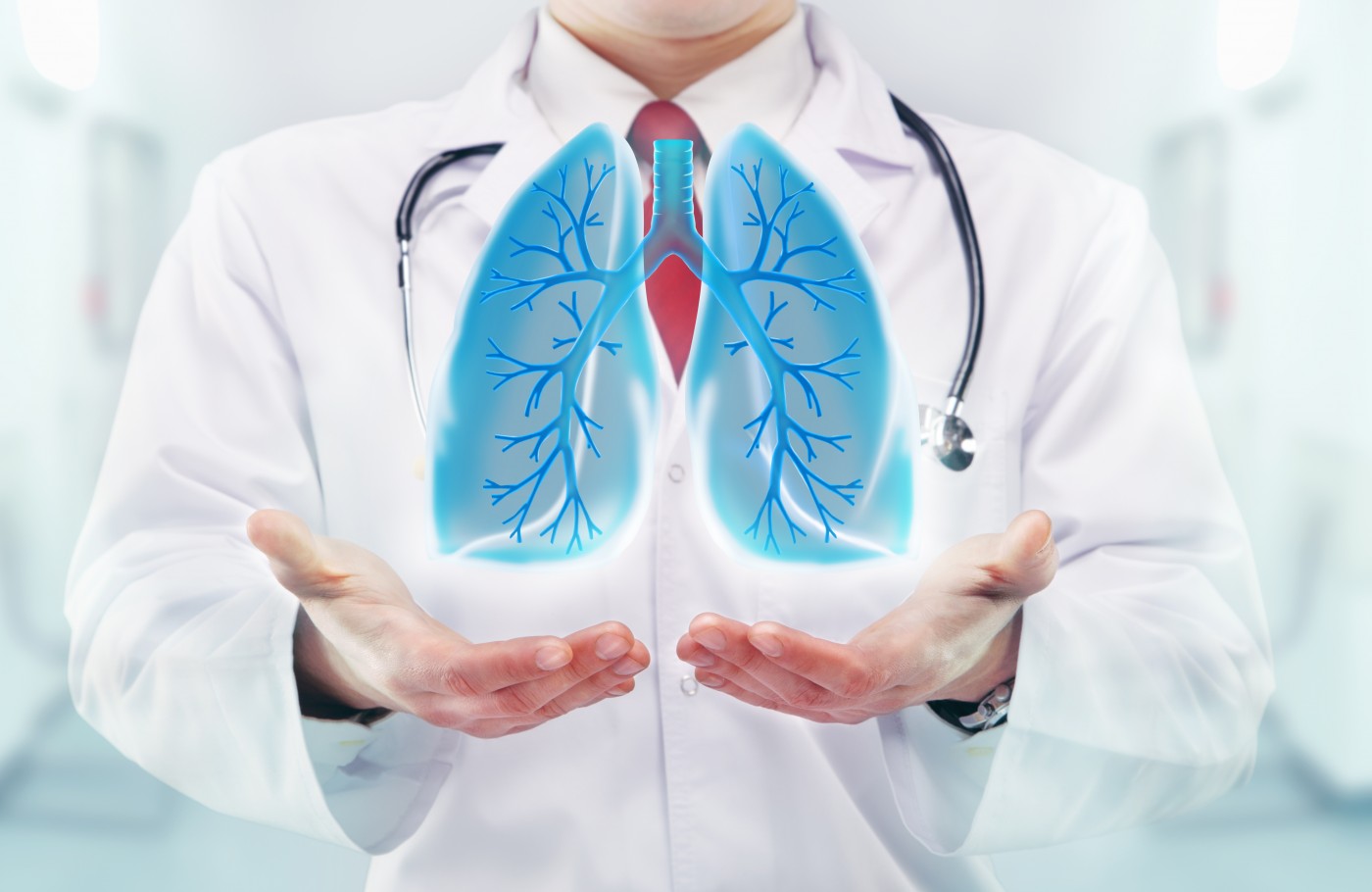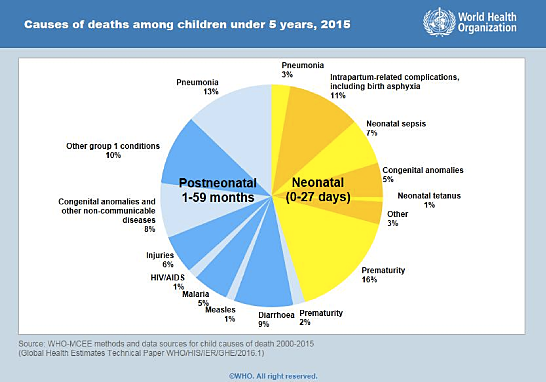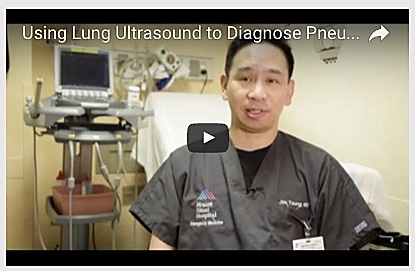 Results of a recent study conducted by scientists at the Icahn School of Medicine at Mount Sinai Hospital in New York show lung ultrasound (LUS) to be a safe and effective alternative and substitute for chest X-ray (CXR) in diagnosing pneumonia in children.
Results of a recent study conducted by scientists at the Icahn School of Medicine at Mount Sinai Hospital in New York show lung ultrasound (LUS) to be a safe and effective alternative and substitute for chest X-ray (CXR) in diagnosing pneumonia in children.
The investigators’ open access article, “Feasibility and Safety of Substituting Lung Ultrasound for Chest X-ray When Diagnosing Pneumonia in Children: A Randomized Controlled Trial,“ was published in the journal Chest and was co-authored by Brittany Pardue Jones, Ee Tein Tay, Inna Elikashvili, Jennifer E. Sanders, Audrey Z. Paul, Bret P. Nelson, Louis A. Spina, and James W. Tsung,
The authors say the study’s primary objective was to determine the feasibility and safety of substituting LUS for chest X-ray when evaluating pediatric patients with suspected pneumonia, noting that while chest x-ray is the test of choice for diagnosing pneumonia, they’ve demonstrated that lung ultrasound can also be an accurate means of diagnosis in children and may be a safer alternative. Secondary objectives included a comparison of unscheduled healthcare visits after the index Emergency Department (ED) visit between those subjects who undergo CXR first and those who undergo LUS first; an evaluation of the rate of antibiotic use between the two groups; a comparison of the admission rates; and a comparison of the length of stay in the Emergency Department between the two groups.
The investigators conducted a randomized control trial comparing lung ultrasound to chest X-ray in 191 children ranging in age from newborns to 21 years with suspected pneumonia in the pediatric Emergency Department at Mount Sinai Hospital. Patients in the investigational arm received a lung ultrasound, although if there was uncertainty after the ultrasound, clinicians had the option of ordering a CXR.
Sequential imaging with chest X-ray was performed on patients in the control arm, followed by LUS. Primary outcome was the rate of chest X-ray reduction; secondary outcomes were missed pneumonia, subsequent unscheduled healthcare visits, and adverse events between investigational and control arms.
The researchers measured a 38.8 percent reduction (95 percent CI, 30.0 to 48.9 percent) in CXR among investigational subjects compared to no reduction (95 percent CI, 0.0 to 3.6 percent) in the control group. Novice and experienced clinician-sonologists achieved 30.0 percent and 60.6 percent reduction in CXR use, respectively. There were no cases of missed pneumonia among any of the study participants in either arm of study participants, no differences in adverse events, and no subsequent unscheduled healthcare visits between arms.
Based on these data, investigators conclude that it may be feasible and safe to substitute lung ultrasound for chest X-ray when evaluating children with suspected pneumonia with no missed cases of pneumonia or increase in rates of adverse events.
According to the World Health Organization, pneumonia is the leading cause of death in postneonatal children worldwide. Symptoms include fever, cough, and rapid breathing, and the WHO estimates that three-quarters of the world’s population has no access to radiography for confirming pneumonia diagnoses.
WHO Chart
The research team was led by Dr. James Tsung, M.D., MPH, an associate professor in the Department of Emergency Medicine and Department of Pediatrics at the Icahn School of Medicine at Mount Sinai, and former  clinical fellow Brittany Pardue Jones, M.D., who is currently an assistant professor in the Department of Pediatrics at Vanderbilt University School of Medicine in Nashville, Tennessee.
clinical fellow Brittany Pardue Jones, M.D., who is currently an assistant professor in the Department of Pediatrics at Vanderbilt University School of Medicine in Nashville, Tennessee.
“Ultrasound is portable, cost-saving, and safer for children than an X-ray because it does not expose them to radiation,” said Tsung in an Icahn School of Medicine release. “Our study could have a profound impact in the developing world where access to radiography is limited. Furthermore, the reduction in chest X-rays in the investigational arm resulted in an overall cost savings of $9,200, and length of stay in the Emergency Department was decreased by 26 minutes.”
“In the era of precision medicine, lung ultrasound may also be an ideal imaging option in children who are at higher risk for radiation-induced cancers or have received multiple radiographic or CT imaging studies,” Tsung added.
As more and more handheld ultrasound machines come to market, these results suggest that lung ultrasound has the potential to become the preferred choice for the diagnosis of pneumonia in children. Further research is needed to investigate the impact of lung ultrasound on antibiotic use and stewardship.
For more information, visit ClinicalTrials.gov at https://clinicaltrials.gov/ct2/show/NCT01654887, http://www.mountsinai.org/, or find Mount Sinai Hospital on Facebook, Twitter, or YouTube.
A video of Tsung discussing the investigation can be viewed at
https://www.youtube.com/watch?v=Qd-26HdJP6I





